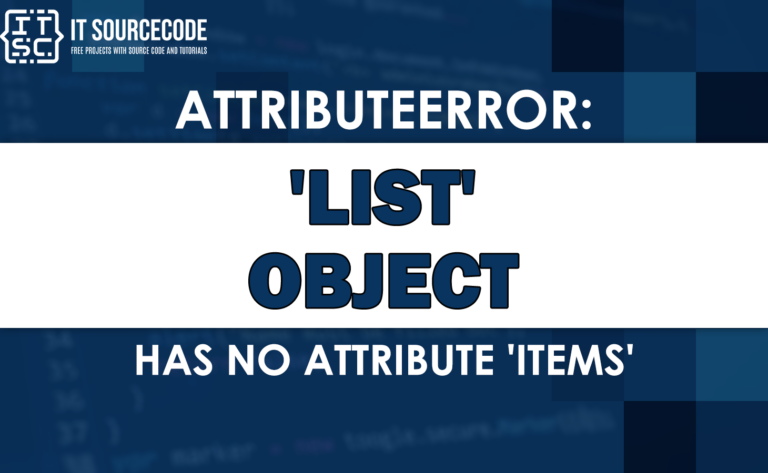Attributeerror module tensorflow compat v1 has no attribute contrib
Encountering an error message stating “Attributeerror module tensorflow compat v1 has no attribute contrib”? and doesn’t know how to fix it? Don’t worry! because this article is for you. In …



![Attributeerror: set object has no attribute items [SOLVED]](https://itsourcecode.com/wp-content/uploads/2023/04/attributeerror-set-object-has-no-attribute-items-768x473.png)









